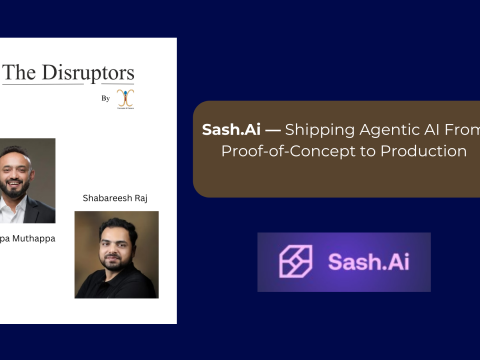- Have any questions?
- [email protected]
Advanced Techniques in Prompt Engineering

Recognizing and Overcoming Limiting Beliefs
November 6, 2023
The Art of Self-Reflection: A Path to Self-Discovery
November 8, 2023Welcome back to our journey through the intricate world of prompt engineering. In our previous blogs, we’ve covered the basics, explored crafting effective prompts, examined the types of prompts, discussed best practices, and addressed common challenges in prompt engineering. Now, it’s time to take your prompt engineering skills to the next level with advanced techniques.
Pushing the Boundaries of Prompt Engineering
Prompt engineering is not a static field but an evolving one. As AI models become more sophisticated, the techniques for interacting with them must also advance. In this blog, we’ll explore advanced techniques that can help you unlock the full potential of prompt engineering.
Technique 1: Contextual Prompts
Contextual prompts involve providing background information or context before posing a question to the AI model. This additional context helps the model better understand your intent and produce more relevant responses. For instance:
Without Context: User: “Tell me about the history of Rome.”
With Context: User: “In the context of Roman politics, tell me about the history of Rome.”
By adding context, you guide the AI model toward a specific aspect of the topic, resulting in a more tailored response.
Technique 2: Iterative Prompting
Iterative prompting is a technique where you gradually refine your prompts through a series of interactions with the AI model. This method involves asking initial questions, reviewing responses, and then providing follow-up questions to fine-tune the output. For example:
User: “Summarize the main points of this research paper.” AI Model: “The paper discusses A, B, and C.” User: “Can you elaborate on point B, especially in the context of X and Y?”
Iterative prompting allows you to achieve more precise and comprehensive results by iteratively guiding the AI model.
Technique 3: Reinforcement Learning
Reinforcement learning is a technique that involves training the AI model through a feedback loop. After receiving responses, you provide feedback to the model, reinforcing what’s correct and correcting what’s not. The model learns from this feedback and improves over time.
Technique 4: Adversarial Testing
Adversarial testing involves challenging the AI model with difficult or nuanced questions to test its capabilities and boundaries. This technique helps you understand the model’s limitations and can guide improvements in your prompts.
Technique 5: Task-Adaptive Prompts
Task-adaptive prompts are prompts that adjust based on the complexity of the task. For straightforward tasks, you can use simpler prompts. For complex tasks, you can use more detailed and layered prompts. Adapting your prompts to the task at hand ensures more effective results.
Real-World Applications
Advanced techniques in prompt engineering have a wide range of applications:
1. Research Assistance
In the research field, contextual prompts and iterative prompting are invaluable. Researchers can extract detailed and specific information from AI models to aid their studies.
2. Content Creation
For content creators, reinforcement learning can help train AI models to generate content that aligns with a specific style and tone, ensuring consistency.
3. Decision Support
In sectors like finance, where precision is paramount, task-adaptive prompts can help generate detailed analyses and recommendations.
The world of prompt engineering is continuously evolving, and these advanced techniques are essential for staying ahead. By embracing contextual prompts, iterative prompting, reinforcement learning, adversarial testing, and task-adaptive prompts, you can maximize the potential of AI models and achieve more precise, tailored results.
In the next blog, we’ll explore ethical considerations in prompt engineering and the responsibility that comes with mastering this powerful tool.





